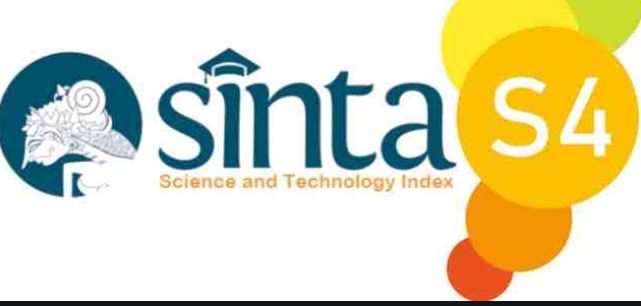Readiness Analysis Of Christian Religious Education Teachers To Implement Online Learning In The Middle Of Covid-19
DOI:
https://doi.org/10.52048/inovasi.v15i2.229Keywords:
Christian Religious Education Teacher Readiness, Online Learning, Covid-19Abstract
This study aims to describe the readiness of 2020 PPG Christian Religious Education teachers in implementing online learning during the Covid-19 period. The subjects in this study consisted of 186 well-known PPG 2020 Christian Religious Education Teachers in the Indonesian Territory. This research is a mixed research method, namely a combination of qualitative descriptive and quantitative descriptive. Qualitative descriptive is used to analyze the first indicator that describes the readiness of the infrastructure owned by the teacher. The indicators of teacher readiness in learning and indicators of implementing online learning will be analyzed using descriptive quantitative methods with the Aydin and Tasci models. The results showed that of the 186 main respondents, only 128 people carried out online learning and had supporting infrastructure. While the indicator of teacher readiness in planning learning is on a scale of 4.03 with the category ready and in need of improvement. Meanwhile, the indicator of teacher readiness in implementing online learning is on a scale of 4.02 with the category ready and in need of improvement. The experience of Christian Religious Education teachers in participating in Teacher Professional Education (PPG) lectures which are carried out online at IAKN Ambon is one of the supporting factors for the readiness of Christian Religious Education teachers.







